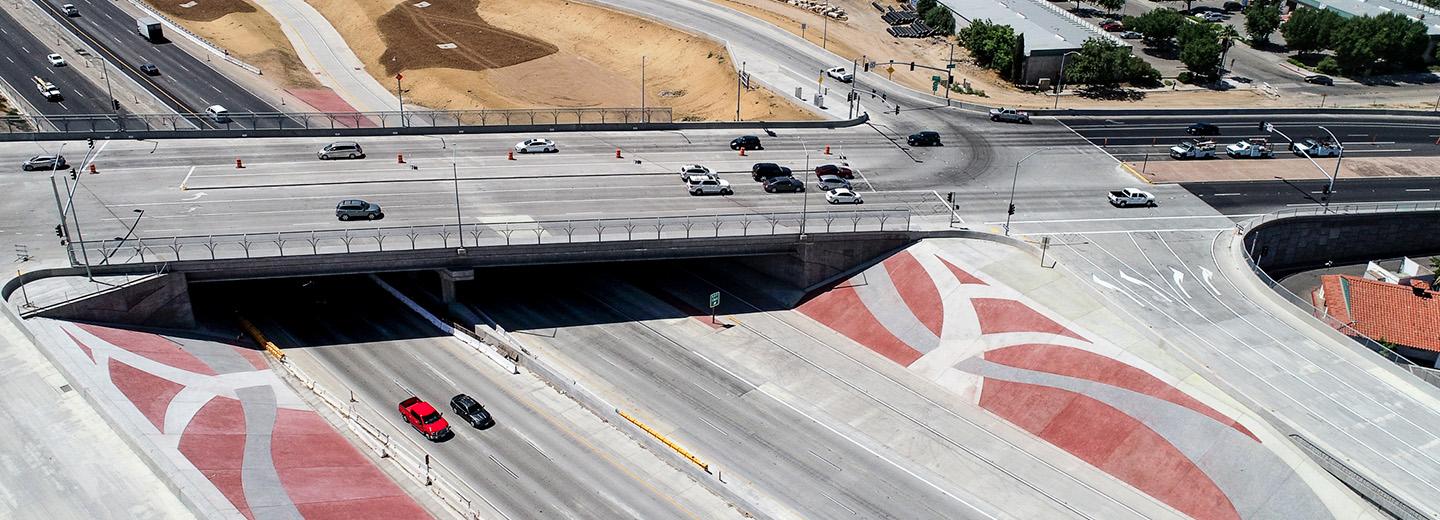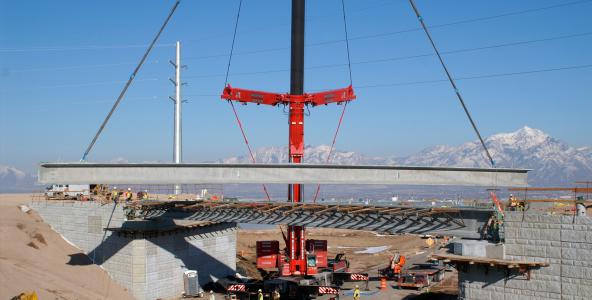
Risk Reduction on Major Infrastructure Projects – Leveraging CM/GC to Create Better Solutions
Recently, Granite VP of Business Development Bill McGowan hosted a discussion on the Construction Manager/General Contractor (CM/GC) method of project delivery. This delivery method opens new avenues for addressing risk with owners and designers and is showing its worth in the current environment of increased inflation and supply chain disruption.
“Anecdotally, CMGC focuses the delivery team on a common set of project goals and systematically trades assumptions for clarity and commitment. The CMGC process is a hard-coded alignment that results in successful project delivery.” – Bill McGowan
In 2021, inflation in the U.S. exceeded 6% year-over-year. Additionally, in recent years we have seen tariffs, supply chain disruptions, and international politics contributing to an unstable economic environment for commodities. These factors pose particular challenges to estimating and planning large infrastructure projects—when projects unfold over years, an incorrect assumption on future conditions during the planning process can profoundly impact the profitability or even feasibility of a project.
In infrastructure, some of this challenge is exacerbated by traditional project delivery methods. For instance, in the traditional Design-Bid-Build (DBB) process, each portion of project delivery is segmented and separated. The design is completed before the bid process starts—meaning the contractors don’t have any input on the design, they just review it and bid on it. By the time shovels are in the ground, the design is locked in, and the contractor and owner are largely set on a specific path. Having the path set so early poses financial risks: if there are price spikes for a steel, for instance, there is little ability to adjust. The Construction Manager/General Contractor (CM/GC) delivery method presents a more adaptive and flexible process, with a better ability to adjust to changing conditions.
The key difference in the CM/GC method is the early involvement of the general contractor in the design phase. Instead of the segmented, siloed process of DBB, CM/GC brings the contractor in towards the end of the preliminary design phase and before the start of the final design phase. The designer and contractor work together under contractual coordination requirements, and in the process of working together are able to identify more opportunities for savings and flexibility. Take the example of steel prices above – in a CM/GC, the contractor might suggest spreading out steel purchases to avoid a price spike, and a work plan can be developed to accommodate that.
Fundamentally, we have found that, as a general contractor, getting involved earlier in the project pays dividends for all stakeholders on a project. CM/GC is not the right delivery method for all projects—you don’t need it to pave a driveway. However, for large, complicated projects with longer timeframes, the CM/GC method provides increased capacity to work through challenges and adapt to unexpected risks. At Granite, we are excited to share our lessons learned and expertise with those who are considering the CM/GC delivery method.






